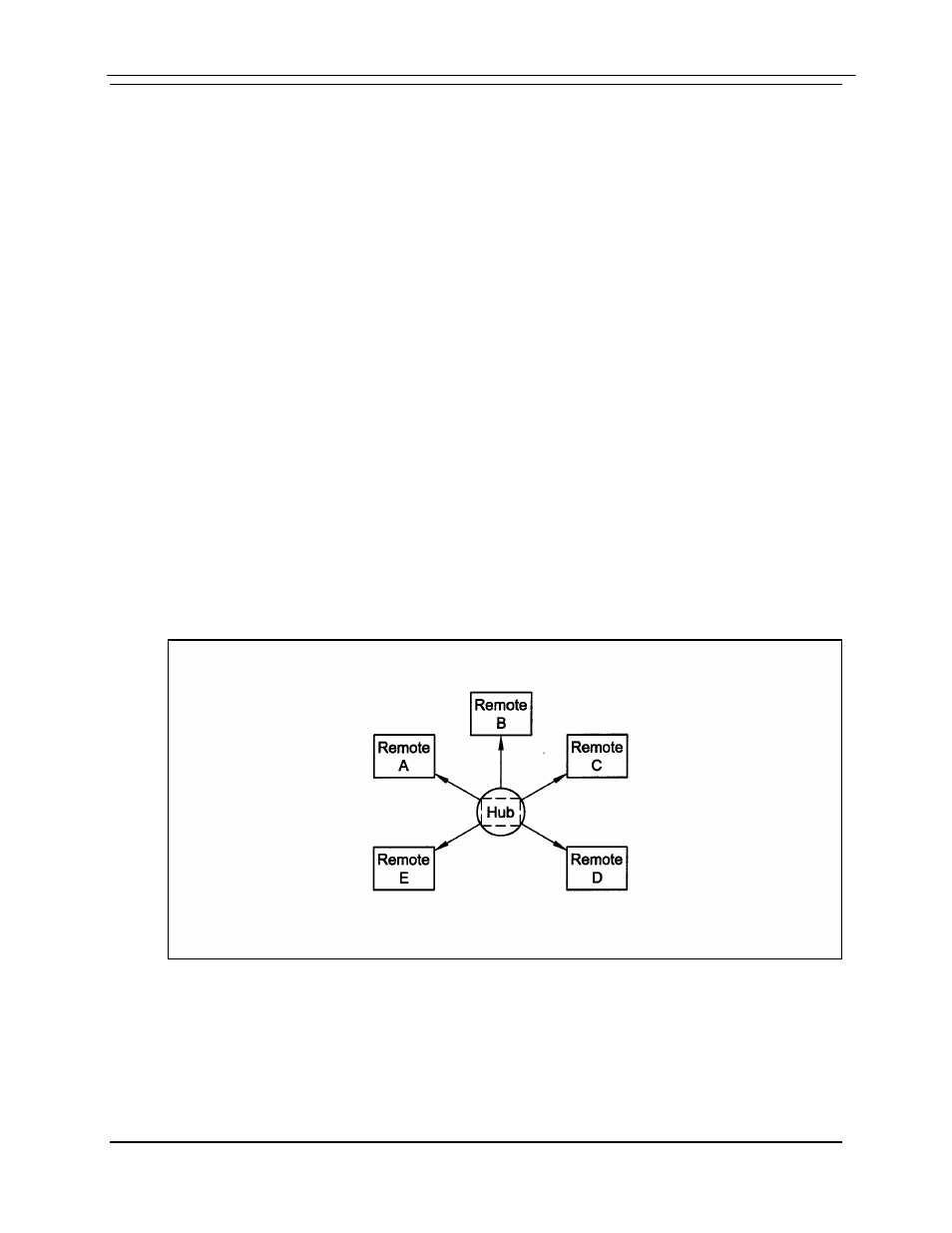2 applications, 1 scpc point-to-point links – Comtech EF Data MD2401 User Manual
Page 27

MD2401 L-Band Multi Demod Installation and Operation Manual
Theory of Operation
MN-MD2401
3–3
Revision 7
3.2
Applications
Following are just a few representative forms of satellite communications links and networks in
which the MD2401 Demod may be used.
3.2.1 SCPC Point-to-Point Links
The most straightforward application for a Satellite Demodulator is to serve as the Data
Communications Equipment (DCE) for a Point-to-Point Data Link. When used in this mode, two
demodulators located at two different sites are tuned to complementary transmit and receive
frequencies. Each direction of the communications link may have the same or entirely different
transmission parameters. In this application, it is typical that the link is established and
maintained on a continuous basis, although a special “on demand” case is described later.
3.2.2 SCPC Point to Multi–Point Links in a Broadcast Application
A broadcast application might involve the necessity of sending continuous or intermittent data
from one source and “broadcasting” the information to many remote locations. For instance,
constant pricing information and updates may be sent by a central location to many store
locations. There may be minor return information from the remotes acknowledging receipt.
Another broadcast application could be transmitting background music from a central location to
many store sites. In this case, there would be no return path.
The topology of the network in both of these broadcast examples would typically be called a
“Star” Network. As shown in Figure 3-3, the shape of the configuration is drawn with the central
“Hub” as the center of the star and the remotes as points of the star. In both cases the transmit
frequency and other parameters are shared by the receiver of all the remotes.
Figure 3-3. Star Network Configuration
